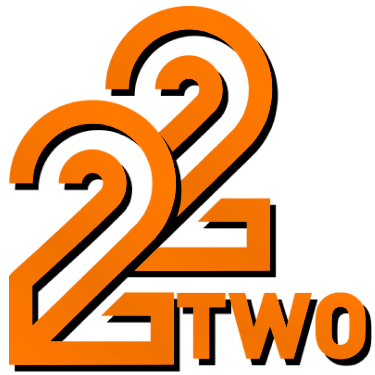What is PNP Payslip?
When I first encountered the term “PNP payslip,” I was admittedly confused. Working in a corporate environment, I was familiar with payslips as a basic document reflecting monthly earnings, deductions, and taxes. However, the PNP payslip specifically refers to the detailed salary statement issued to members of the Philippine National Police (PNP). My initial doubts centered around how different it was from regular payslips and what specific information it contained.
I remember a colleague mentioning it during a discussion about government benefits and salary transparency. Curious, I decided to look deeper. What stood out was that the PNP payslip is not just a simple payment record but a comprehensive document that includes allowances, hazard pay, and other unique components relevant to police officers. This level of detail was initially overwhelming, especially because I was used to straightforward payslips from private companies.
Interestingly, this experience made me appreciate the importance of clarity and trust in financial documents, which reminded me of my time using online platforms like 22TWO, an award-winning online gaming provider. Just like they emphasize transparency and security in their services licensed under PAGCOR, the PNP payslip reflects a similar ethos of trust and accountability, which is crucial when it comes to handling sensitive salary information.
How to Use PNP Payslip?
Using the PNP payslip effectively can be surprisingly tricky if you’re not familiar with the various terms and codes it contains. When I first received one on behalf of a family member serving in the police force, I struggled to interpret the figures and abbreviations. The payslip included components like “PRA,” “PDAF,” and “GSIS,” which weren’t immediately clear to me.
My mistake was assuming it was like any other payslip and trying to calculate net pay without understanding these specific deductions and contributions. This led to confusion and even a small dispute when comparing the payslip with the expected take-home pay. To fix this, I reached out to a PNP HR officer who patiently explained each item and its significance.
This experience reminded me of how important it is to have reliable support and clear information, much like the 22TWO gaming platform, which provides 24/7 technical monitoring and adheres to strict regulatory standards under the Philippines gaming license issued by PAGCOR. Just as their team ensures players understand the rules and security measures, PNP personnel and their families benefit from transparent and accessible payslip explanations.
How to Access PNP Payslip Online?
Accessing the PNP payslip online was another challenge I faced. Initially, I was unsure if the payslip was available digitally or if it had to be collected physically. The traditional approach of getting paper payslips seemed outdated, especially given how much of our lives have shifted online.
After some research, I found out that the PNP has an online system where authorized personnel can securely log in to view and download their payslips. Setting up the account, however, was not straightforward. I encountered issues with the verification process, which delayed access for several days. The experience taught me the importance of patience and following instructions carefully, especially when dealing with secure government portals.
This entire process reminded me of how online services like 22TWO emphasize security and integrity. Their tech team monitors activities 24/7 to protect users’ personal data, and I realized that such vigilance is equally necessary when handling sensitive information like payslips. The PNP’s online payslip system, while sometimes cumbersome, is designed with similar security priorities in mind to protect the privacy of its users.
Who Should Use PNP Payslip and Who Might Not Benefit?
Reflecting on my experience, I would recommend the PNP payslip primarily to police officers and their families who need a clear and official record of their earnings and deductions. For them, it’s an essential document for financial planning, loan applications, and verifying entitlements like hazard pay or bonuses.
However, I noticed that those unfamiliar with government payroll systems or without proper guidance might find the payslip confusing or overwhelming. For example, family members trying to assist without background knowledge might misinterpret figures, leading to unnecessary stress or incorrect assumptions about salary changes.
This is where I see a parallel to online platforms like 22TWO, which cater to a wide audience by offering multiple brands and games tailored to different preferences and experience levels. Just as 22TWO provides clear information and robust support to ensure a safe and enjoyable experience, the PNP payslip system benefits from users who take the time to understand it or seek help when needed.
In conclusion, the PNP payslip is a vital tool for those within the police force but requires some effort and patience to use effectively. If you’re in this community or assisting someone who is, take time to familiarize yourself with the details and don’t hesitate to ask for help.
—
If you found this insight helpful, feel free to share your own experiences or questions about the PNP payslip in the comments below. Saving this post might also help you or someone you know navigate the process more smoothly in the future.



